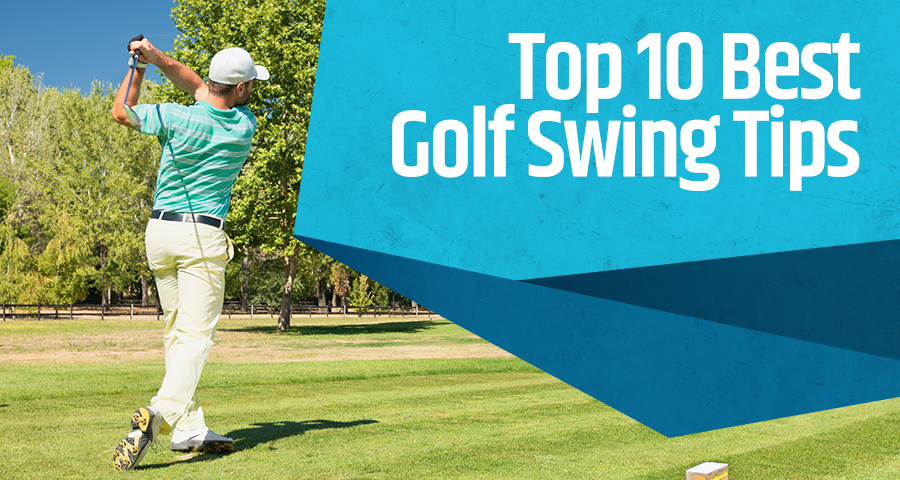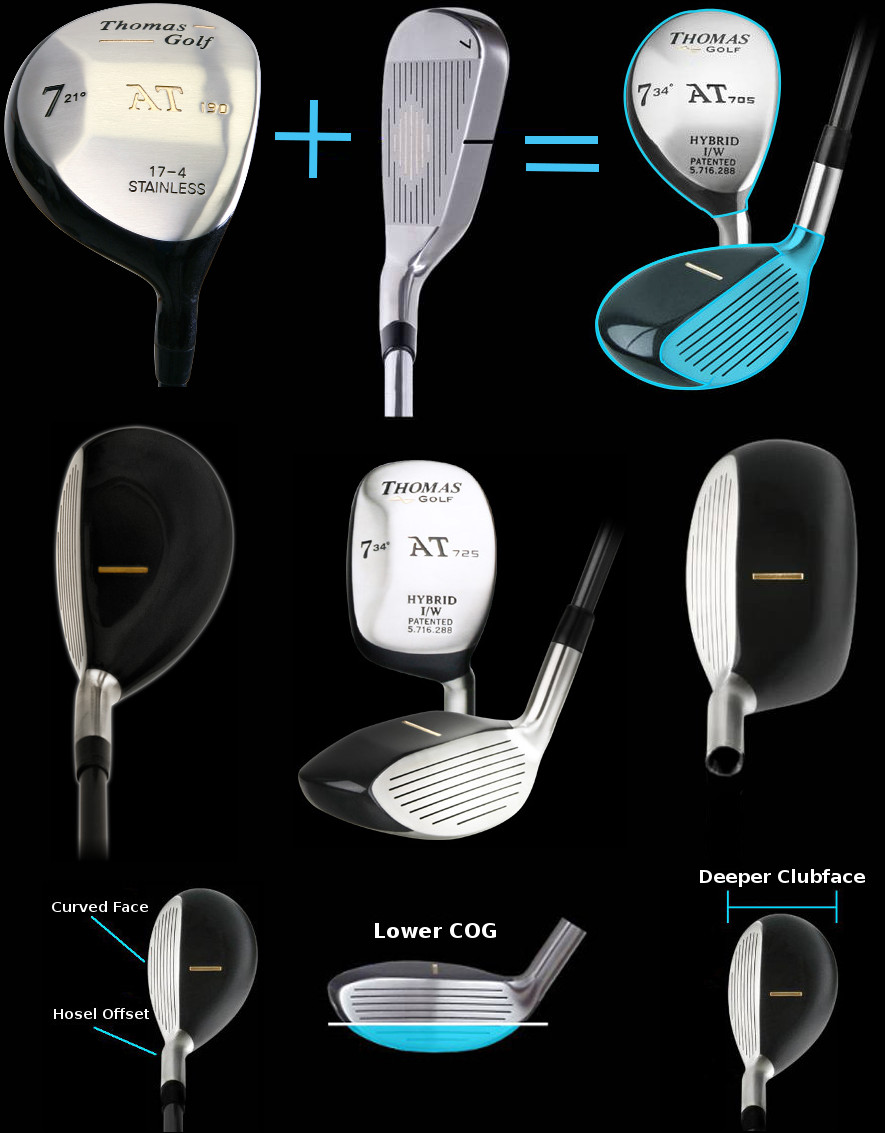
Many studies have been done on the modern and traditional golf swing. Vaughn (1979), investigated three-dimensional swing mechanics. Milne (1992) used a 2-link planar system with an adjustable lower link to study the club's trajectories. These studies focus on the fundamental principles of golf swing mechanics, including club speed and hip rotation. These studies have also been helpful in understanding how the grip pressure and hip rotation influence power production.
Lessons learned by Justin Rose's game of golf
In the fall, we saw a PGA Tour event in Georgia. Justin Rose performed well, making a textbook delivery of the clubhead to the ball. You might be wondering how you can improve your golf swing as a recreational player like Justin Rose. He will explain his swing mechanics and share 7 ways to improve your game. Below are some key aspects of his golf swing. Read on to learn more.

Start the club early. His downswing is short, and he doesn't slide. He also holds the ball in his hands with his upper bodies. His lead wrist flattens during impact. This promotes the squareness and functional alignment for the clubface. Rose releases and releases the club unit using his left hand. This fundamental swing mechanic is something every golfer should know to improve his game.
Modern golf swing mechanics principles
Rory McIlroy, in a biomechanical study of the backswing's swing, shows how pivotal rotation is. Rotation is important for creating speed in the backswing. It also generates torque which transfers to the clubhead when the ball hits the ground. The mechanics that determine the backswing's mechanics are determined by many factors, including the hips.
Professor Robin S. Sharp, an engineer at the University of Surrey, tried to decipher the secrets of the long drive. He found that the secret to a perfect swing was not centered entirely in the wrists but rather on the shoulders and core. He used computer models to calculate the angles of the pivotal points of rotation after analysing the swings famous golfers. This information is essential for the study of golf swing mechanics and the development of a golf-specific training routine.
Influence of hip rotation in power production
Studies have shown that the role of the GM in power production is important in running and cycling. The hip is a primary contributor to PO, but other joints must be studied to determine the role of GM in power production. The GM is activated at the end of the race when there is the most activation. Power production must also be maintained. The secondary role of the GM is to act as an external rotator.

External rotators can produce external rotation torque. The force they exert is almost horizontal and intersects the joint’s longitudinal axis. These forces can compress the hip joints and provide mechanical stability to its acetabulofemoral joint. However, the primary rotators are the gluteus maximus and its posterior fibers. The obturator externus, and the long head biceps foemoris are secondary rotators.
Power production is affected by grip pressure
A within-subject factorial design was used to test the impact of grip pressure on power generation. It included three grip applications: pinch grip, power grip, and no active grasping. Pilot testing was carried out to determine wrist motion for each of the grip styles. The wrist motion in this study was defined as the amount of angular displacement in the two wrist planes, the radial/ulnar deviation and the radial/ulnar convergence. The grip applications were performed by two types of compound patterns. One mimicked a dart throwing motion while the second was similar.
When active gripping was done, pressures in the wrist tunnels increased. The pressures at the wrist tunnels for pinch grip were 18% lower than those in non-grip conditions. Pinch grip data also revealed two distinct trends. CTP increased with resistance. The second is wrist extension motions increasing at higher resistance levels. Despite these findings however, the pressures measured under no resistance were not statistically significant.
FAQ
What type of clubs should you use?
There are many types and styles of clubs. Most players start out with a driver - a heavy metal club that allows them to hit the ball further. Other clubs include wedges and woods as well.
Woods are longer clubs designed to allow players to get close to the pin while still being able to reach the green. They are commonly used for long drives, approaches, and even putting.
Irons are shorter clubs that are designed to help players hit the ball closer to the pin. They are frequently used for chipping and putting.
Wedges are specialized clubs that are used to control the flight path of the ball. They are normally used for shots requiring precise direction.
Putters are small clubs designed to roll the ball towards the cup. They can be used by players for short putts.
The type of shot that you are looking to make will determine the type of club you choose. Different types of shots work better in different clubs.
For example, drivers are useful for hitting the ball far away from the hole. Wooden are great for driving the ball over long distances. Irons are excellent for short shots. Wedges are great at controlling the ball's flight. Putters are perfect for rolling the ball into the hole.
How does a golfer score points?
Points are awarded according to how well a competitor performs in a competition. There are many different ways that points can be scored in golf. A player might win a tournament by scoring more points than any other player. Alternatively, a player might finish second place in a tournament and receive half the prize money that was won by the winner. Points are also awarded for finishing in places 3rd through 10th. These points are also known as "strokes".
These official competitions are not the only ones that award points. There are also many unofficial events which award points to the highest performing players. If a player has previously performed well in an event, they may receive bonus points.
What are the various types of golf courses available?
There are many types of golf courses. Some courses are specifically designed for beginners while others are more suited to the experienced player.
Some courses are near rivers, lakes, mountains, or forests. Some are located in urban areas. You can find a variety of golf courses from public parks to private estates.
What does a ball of golf look like?
Golf balls are usually made of rubber and plastic. The ball's surface is smooth and bounces off the ground when it is hit.
Where can you find a good golf course?
Many cities have their golf courses. These courses will allow you to practice your swing peacefully.
You can also visit one of the many golf resorts in the country if you are looking for a more relaxed atmosphere.
Do you have any tips on how to play golf properly?
Yes. There are several schools where you can enroll to learn how to play golf. You will need to buy new equipment such as a set of clubs.
Statistics
- In the United States, women made up 25 percent of golfers in 2021, which was up from 19 percent in 2011, and junior female golfers account for 35 percent or 1.1 million golfers.[50] (en.wikipedia.org)
- In the United States, the number of people who play golf twenty-five times or more per year decreased from 6.9 million in 2000 to 4.6 million in 2005, according to the [51] (en.wikipedia.org)
- He shanked the first attempt, but it is estimated his second went more than 200 yards (180 m).[52]Golf courses worldwide. Below are the top 20 countries with the most golf courses as of 2019.[53]CountryNumber of (en.wikipedia.org)
- They do this by means of assessing and rating courses according to the average good score of a "bogey golfer," a player with a handicap of around 20. (en.wikipedia.org)
External Links
How To
How To Hit The Golf Ball Straight
One of the most discussed topics in history has been how to hit the ball straight. There have been many options to achieve the desired result. There are many ways to achieve the desired result, including hitting the ball with a stick, throwing it at the target or hitting it with your hands.
You must first learn how to hit a ball straight. Then, you need to know how to choose the right tool for the job. The last step is to learn how to swing the club properly. When you have mastered these steps, you will be able hit the ball straight every single time.
Remember that your goal when practicing is to hit it squarely. It means that you need to hit the ball exactly where it is supposed to be. It can veer off-course if it is hit too high or low.
This is how you can hit the ball straight.
-
You should grip the club securely. Your grip should feel firm and comfortable, but not too firm to secure the club.
-
Your stance should be set. Stand straight up and place your feet on the ball. Your body weight should evenly be distributed between your legs.
-
As fast as you can, swing the club back-and-forth. The clubhead should reach its highest point. Pause briefly and then lower the club again. You can repeat this until you have completed one revolution.
-
Swing only through the ball's center. You must not allow the club to move to one side.
-
Keep the clubface in line with the target line. Maintain the clubface parallel and level with the ground.
-
Concentrate on making solid contact with the ball. Avoid striking it too softly.
-
The sweet spot should be about halfway between the top of the ball and the bottom. This will help to ensure that your ball flies true.
-
If you are using a driver aim for the middle fairway. You can also aim for the rough if you're using a long-iron.
-
You can practice your technique by swinging at small targets such as brick walls or trees.
-
After several months' of consistent practice, you will start to see improvements in the game.
-
You can improve your golf game by learning new techniques.